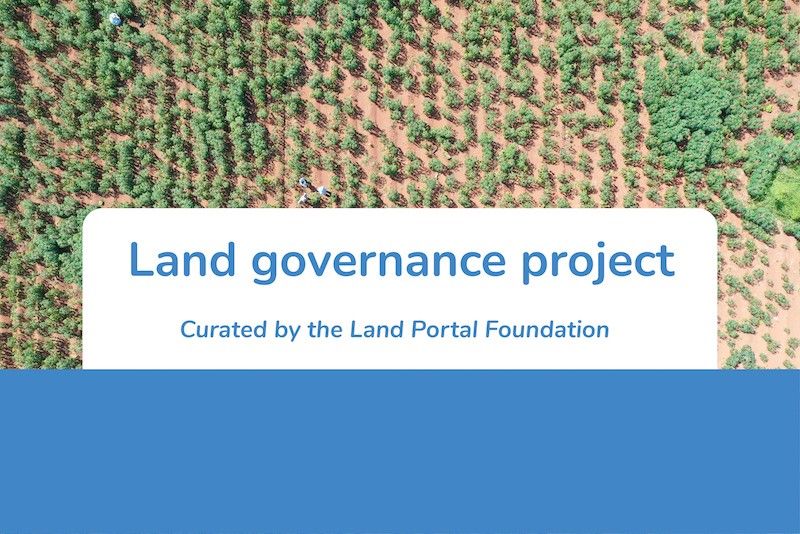Community / Land projects / Sustained CCCM Response for IDP Settlements in Hargeisa district in Woqooyi Galbeed Region, Somalia
Sustained CCCM Response for IDP Settlements in Hargeisa district in Woqooyi Galbeed Region, Somalia

€175224.7591
12/18 - 12/19
Завершено
This project is part of
Implementing Organisations
Donors
Data Providers
Objectives
While the risk of famine has reduced, humanitarian needs remain high across Somalia, with an estimated 1.5 million people expected to be in Crisis (IPC Phase 3) or worse through December 2018 (FSNAU/FEWSNET July 2018). The majority of those most in need of urgent life-saving assistance are displaced. Recent FSNAU reports (October 2018) indicate that IDP settlements constitute areas of greatest concern, which will sustain Crisis (IPC Phase 3) and Emergency (IPC Phase 4) until May 2019. In Woqooyi Galbeed region, 175,000 people are Acutely Food Insecure (IPC 3 through 5), with 6,000 people classified as IPC 5, all living in Hargeisa IDPs. Population groups classified as Crisis (IPC Phase) or worse require urgent interventions aimed at reducing food consumption gaps, saving lives and protecting and saving livelihoods. Conditions for IDPs are likely to deteriorate unless humanitarian support is scaled-up and safe access to services and assistance in selected sites is improved. To this end, ACTED will implement a cluster-specific intervention in Hargeisa district aiming at 1) improving the coordination and information management at site level, with a strong focus on advocacy for those sites that are receiving poor level of humanitarian assistance and 2) improve community participation and strengthen community self-management through capacity building, community-based projects, particularly on site maintenance and securing of land rights whenever possible. ACTED will implement these activities in 11 IDP sites in Hargeisa district in Woqooyi Galbeed region, targeting a largely undeserved area. Approximately 29,082 people (4,847 households) will benefit from this intervention, in addition to the community working in these sites including local authorities, clusters and other NGOs. These numbers might vary due to external factors such as the drought, which might attract more IDPs, excessive flooding or conflict with the landowners or the authorities, which may cause IDPs to flee to other areas.


